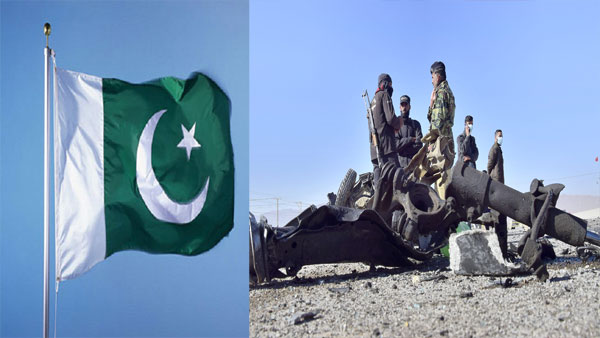For the third consecutive time, Pakistan has topped the list of nations at the highest risk of experiencing mass killings, according to the latest report by the US think-tank Early Warning Project.
In its 28-page report, the Early Warning Project stated that Pakistan faces multiple security and human rights challenges, including increasing violence by the Tehreek-e-Taliban Pakistan or TTP.
The other Asian nations in the top 10 list include Myanmar ranked second, followed by Yemen at the third position, the report said.
This report comes as TTP called off the ceasefire with the government this week. It ended the ceasefire agreed with the government in June and ordered fighters to stage attacks across the country
The banned outfit, in an official statement, said that it is imperative to carry out attacks wherever one can in the entire country as military operations are ongoing against mujahideen in different areas.
Early Warning Project, a joint initiative of the Simon-Skjodt Center for the Prevention of Genocide at the United States Holocaust Memorial Museum and the Dickey Center for International Understanding at Dartmouth College, cites violence by a local offshoot of the Taliban as one of the main challenges for the nation already facing political and economic crises.
“The Early Warning Project judged there was an ongoing mass killing perpetrated by the Taliban Movement of Pakistan and associated militias as of the end of 2021; this risk assessment relates to the possibility of a new and distinct nonstate-led or state-led episode beginning, not to the ongoing episode continuing or increasing,” the report said.
The Islamic group’s violent campaign had been picking up pace in recent months, with the most significant attack coming in Khyber Pakhtunkhwa’s (KP) Lakki Marwat district last month, in which at least six policemen were killed.
The TTP is a close ally of the Aghan Taliban and is listed as a foreign terrorist organization by the United States and the United Nations. According to UN estimates, it has between 4,000 to 6,500 fighters in Afghanistan. Its spread is beyond the tribal belt, to Pakistani cities.

